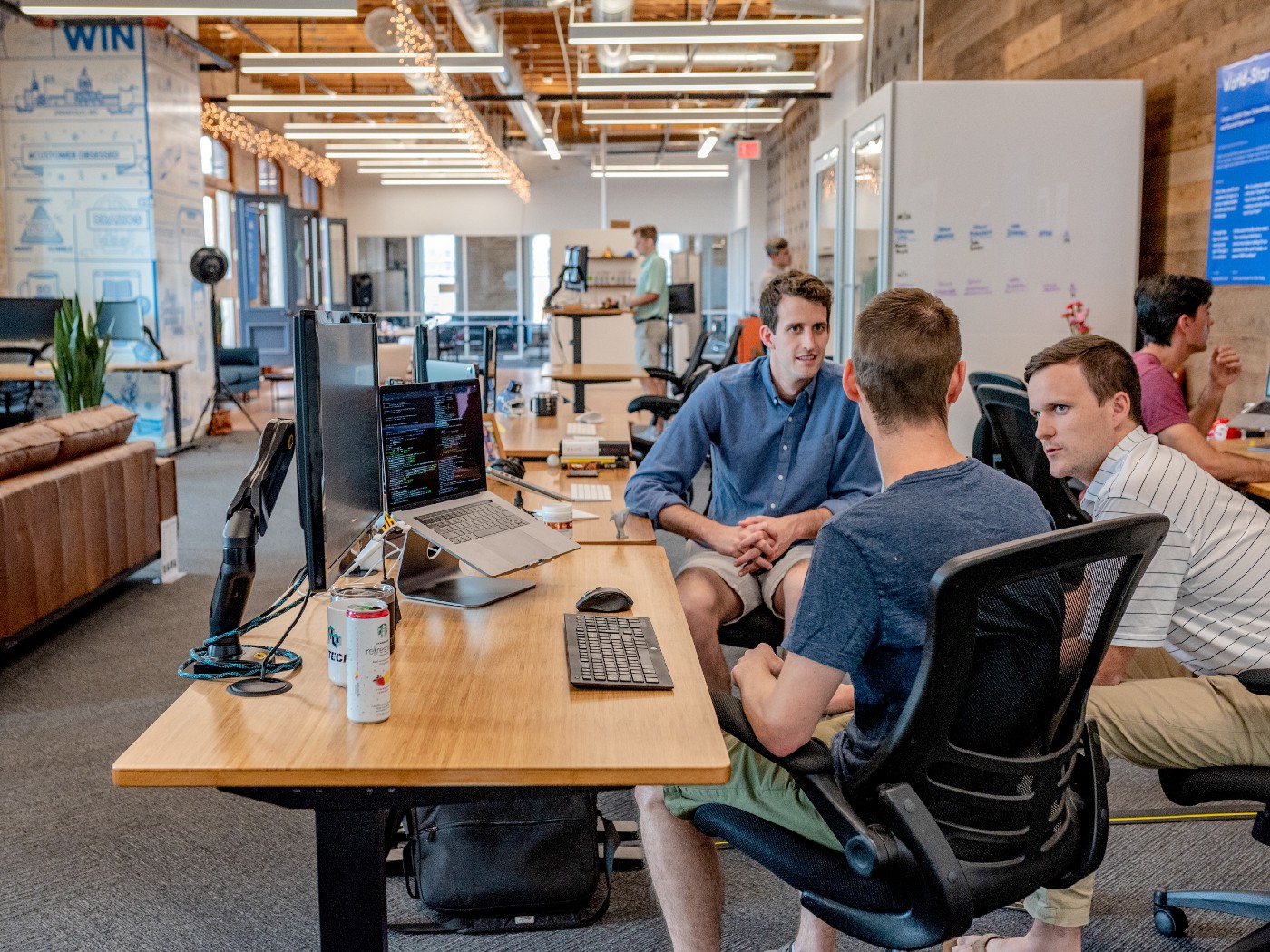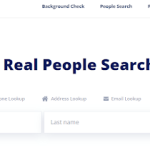Just like most entrepreneurs out there, I did a terrible job at retaining talents for the longest time. I never seemed to get the right people for my team. Many new hires couldn’t just fit and left a few months into the job. Others failed to deliver on the expectations of their positions and I had to let them go almost immediately. It’s only the other day that it dawned on me that I rarely hire the wrong people nowadays after a friend commented how happy my team seems. I have a great team in place that makes it easy to keep the culture positive and vibrant. They are highly engaged and productivity is at its best. You can have that too if only you stopped hiring the wrong people. Read along to understand how I did it.
Don’t be in a hurry
When an employee leaves, there is always that pressure to fill the gap as soon as possible. Business continuity is paramount or you risk losing customers and profits. However, trying to fill in the position under that pressure only raises the odds of hiring wrong. I learned the hard way to never bow into the pressure of hiring right now. Whenever a position comes up, I make sure to step back for some time and just reflect on it. This gives me the opportunity to look at the position in-depth, and thus increases my chances of hiring right. If the position can’t afford to remain vacant for long, hire freelancers and private contractors until I find the right person who works for me.
Thorough job profile
Hiring the right people starts with attracting the right people. How I do that is by ensuring that I write a thorough job profile for the position. This comes in handy in filtering the wrong individuals even before they apply. The first step is to think about the ideal candidate for the job. What responsibilities does the job entail? What qualifications are needed to get the job done? Are there any soft skills that are important for the job? Asking such questions ensures that I don’t miss anything that is relevant for the job. I even consult the employees who work closely to that post for suggestions on what they would like to see in the new hire.
Detailed interview process
Writing detailed job requirements is one thing and finding a candidate to match that is another thing. You need to have a foolproof recruitment strategy in place. Keep in mind that besides looking for the skills, experience, and qualifications, you have to determine if the person is fit for your company culture. I put a lot of emphasis on the interviewing process. I have the applicants complete a series of online assessments testing on different things such as skills, traits, culture fit, and more.
After shortlisting, I start with an initial phone interview. I ensure that I’m keen to identify any issues probably in the way they communicate, their personal traits, and the like. I follow that with in-person or video interviews to discuss their qualifications in-depth. Lastly, I place them on a working interview for a day or week depending on the position. This gives me and the rest of the team the opportunity to see the candidate in action. The aim is to see how well they fit in the culture on top of how they execute the responsibilities. This also allows them to see what to expect from the job and decide if they are fit for it.
Creating awareness on implicit bias
Most of the time recruiters base their judgment on their gut feeling, previous experience and beliefs. However, relying on such creates a negative bias on some of the candidates who would have been the right fit, ending up with wrong hires. Not every recruiter is aware of such biases, and most do them unconsciously. That is why I made it a point to educate my recruiting panel about unconscious biases. This makes it easy to get around them to ensure the best candidates are not left out. Taking the candidates through a standardized interview process also helps in reducing the biases.
Partner with an expert
Hiring the right people can sometimes be daunting. Several times I have found filling some positions rather involving in terms of time and resources, especially when recruiting internationally. Working with a reliable EOR has always come through for me. With their expertise, the professionals have the capacity to find the right people fast. I have always found it accurate and time-efficient.
Conclusion
Hiring wrong can be costly in terms of money, time, and business continuity. That is why it is important to ensure that you get it right the first time. It isn’t always easy, but it is doable with the right strategy. The strategies I have shared above are time-tested and I have found them highly effective. Consider trying them in your future hires to see the difference.




